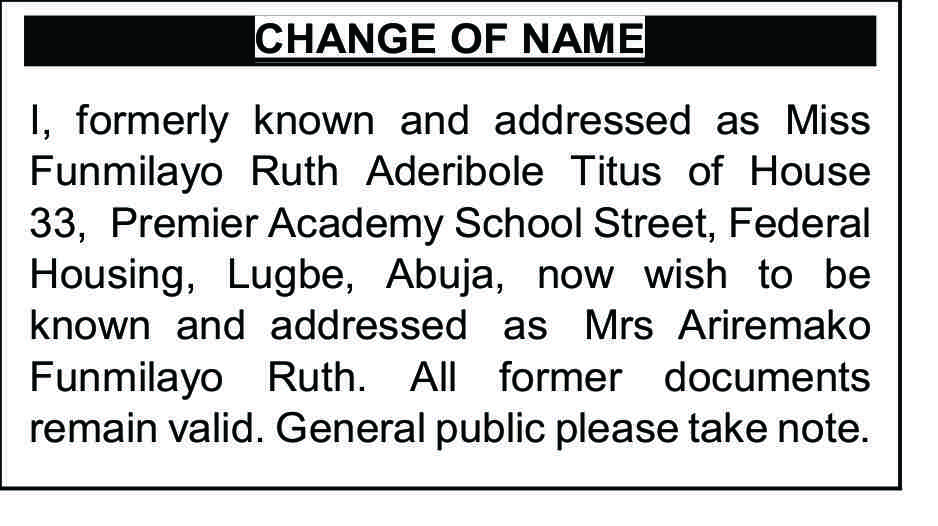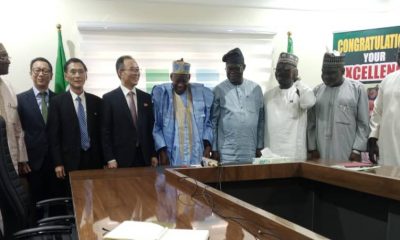Foreign
North Korean nuclear experts lead oppressive lives as “slaves to the bomb”

The harsh reality of North Korean nuclear scientists revealed in a new report by Robert Collins, former chief strategist for the South Korea-U.S. Combined Forces Command
North Korean leader Kim Jong Un gives a nuclear scientist a piggy back ride after supervising a missile test in 2017. / Yonhap News.

“North Korean nuclear scientists have no autonomy over their lives, with their life paths set for them in almost every aspect – including research fields, housing, food, and marriage – from the time they are elementary school students. In a society where failure is viewed as disloyalty, they live under dehumanizing conditions, forced to work relentlessly for the “task of the fatherland” until death.”
It is widely believed that North Korea, which is heavily investing in nuclear and missile development, favors its 10,000 nuclear scientists. But the the reality is quite the opposite, according to an analysis by a Korean Peninsula expert based in Washington, D.C.
Robert Collins, who served 31 years in the United States Forces Korea, including as the chief strategist for the South Korea-U.S. Combined Forces Command (CFC), detailed the struggles of North Korean nuclear experts in his report “Slave to the Bomb” on May 10.
His report is based on testimonies from North Korean defectors he interviewed and various classified materials.
Robert Collin who served in the United States Forces Korea for 31 years. / The Chosunilbo
“Outsiders assume that nuclear scientists are well-treated because nuclear energy is so important to Kim Jong Un and North Korea’s survival, but this is not the case,” Collins writes. “With the supreme leader demanding the development of sophisticated weapons capable of reaching the U.S. mainland, nuclear scientists face a dangerous future with no way out but to succeed.”
According to the 200-page report obtained in advance by The Chosunilbo, a North Korean child’s fate as a so-called “slave to the bomb” is determined at an age as early as ten. North Korea has a system that allows administrative units, whether rural or urban, to select and recruit children who excel in mathematics and science.
“The best students from each region are gathered and trained in math, science, physics, and other subjects,” Collins states in the report. “If they stand out, their entire families are sometimes forced to move so that the students can advance to a higher-level school in the capital city.”
The most prestigious Middle School in Shinwon-dong, Pyongyang, where former North Korean leader Kim Jong-il studied, is a breeding ground for gifted education, attracting the brightest students from all over North Korea. Its students regularly participate in international competitions such as the Math Olympiad, according to the report.
Students selected to work for North Korea’s nuclear program typically attend one of five universities, including Kim Il Sung University, Kimchaek University of Technology, and Kanggye College of Technology.
The report states, “Once a nuclear scientist achieves significant academic success in a particular research field, their professional fate is sealed.” They must live a life dedicated to serving the Kim regime, and from then on, the only variables in their life are which nuclear facility they work for and the quality of their associated housing.
North Korean leader Kim Jong Un and his daughter Kim Ju-ae applaud scientists who contributed to the development of the Hwasong-17 intercontinental ballistic missile (ICBM) after its successful launch in November 2022. / News1
Marriage partners for these scientists are also de facto determined, leaving them with no “freedom of choice.” Collins explains, “Those who express dissatisfaction are punished and deprived of various benefits.” Despite international sanctions against North Korea, nuclear scientists are given the opportunity to study abroad, including at the Joint Institute for Nuclear Research (JINR) in Russia and the Harbin Institute of Technology in China. Before the COVID-19 pandemic, over 1,000 North Korean students enrolled annually at the Harbin Institute of Technology.
The quality of life of North Korean nuclear scientists is heavily influenced by where they are assigned to work. “There are over 100 nuclear facilities in North Korea, and around 40 of these are key facilities that must be addressed in any future denuclearization process,” according to the report. These include 15 nuclear research and supervision facilities, eight uranium mines, and five nuclear power plants and refineries. The workplace is often assigned based on the scientist’s so-called “background” or family origins.
The Punggye-ri Nuclear Test Site in North Hamgyong Province is considered the least desirable workplace. Six nuclear tests from 2006 to 2017 were conducted at this site.
























